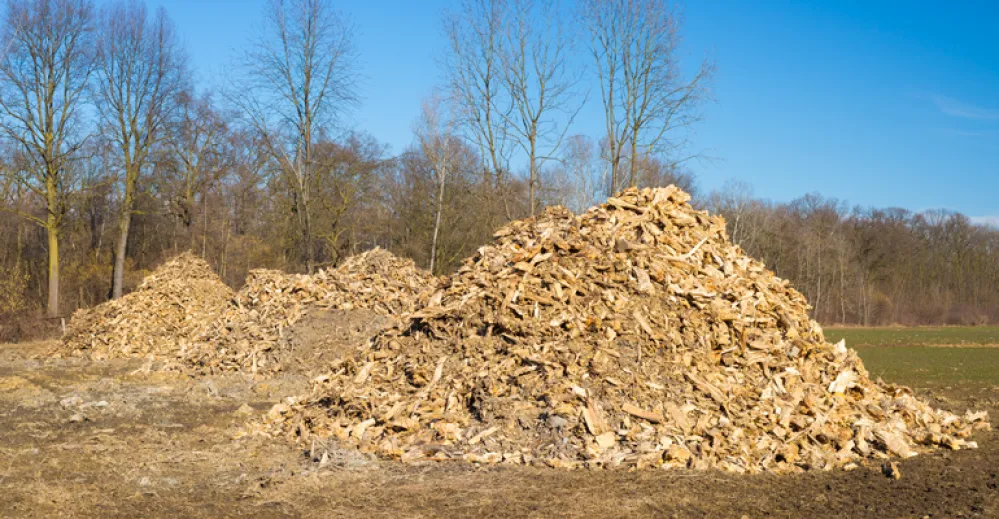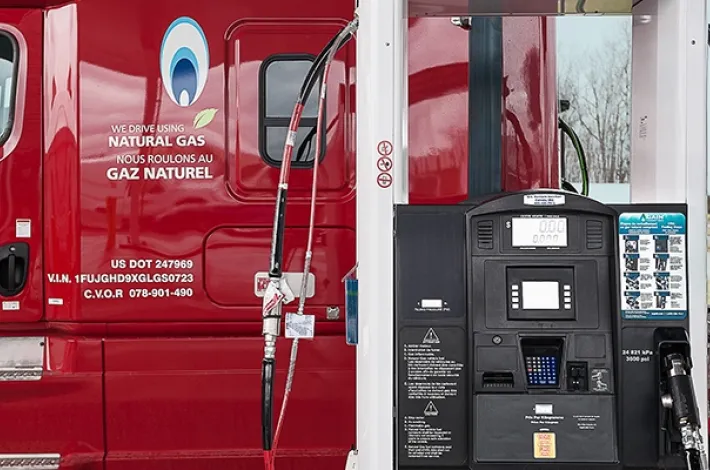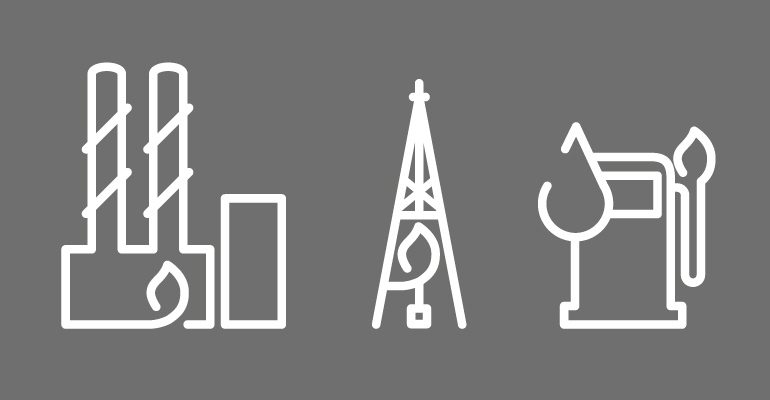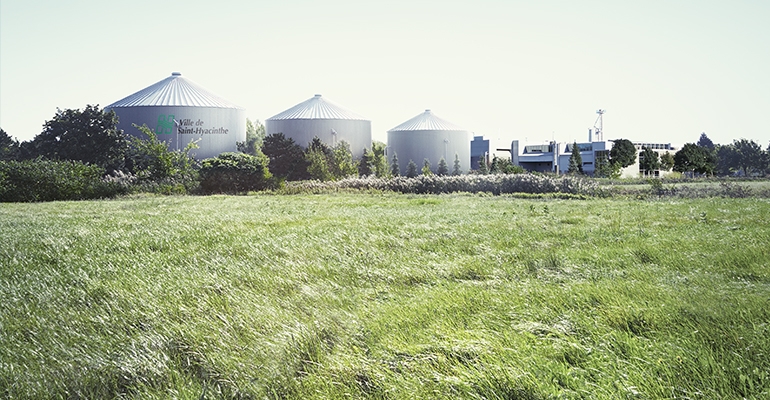
Natural gas extracted from wood

Our food waste is not the only thing that can be transformed into renewable natural gas. Forest biomass is also an excellent source, and its conversion process is even faster. So it offers a great way to further diversify Québec’s energy portfolio.
Due to its abundance in our regions, forest biomass (sawdust and wood chips, bark, crowns, branches and wood shavings) offers a significant potential for producing renewable natural gas (RNG), in conjunction with biomethanization projects.
This is important for Québec, which seeks to build on the energy potential of forest biomass to cut its greenhouse gas emissions. The government lists RNG among the sources of energy to be developed in its 2030 Energy Policy.
The PCH process: twigs in the pipe
Last year, the Natural Gas Technologies Centre (NGTC), in partnership with the British Columbia company G4 Insights, tested a new process called pyrocatalytic hydrogenation (PCH).
The process includes four steps. First, the biomass is ground into fine particles; then, it is quickly heated to 500°C to create pyrolysis gas; the gas is then converted into methane using a catalyst; finally, the methane is purified to attain the required qualities.
The renewable natural gas produced is chemically similar to conventional natural gas and can be injected directly into the gas system.
For Énergir, the benefits are twofold. On the one hand, the company can increase the proportion of renewal natural gas in its network and satisfy customers who want to reduce their carbon footprint. On the other hand, it can diversify its sources of renewable energy, which already include biomethane (anaerobic digestion), wind and solar.
The tree that hides the forest
The trials concluded that the PCH process is technologically viable. We are now planning to develop its commercial production. Énergir plans to build a pilot plant, near its network in Québec, in collaboration with G4 Insights and other forest industry and clean technology partners.
The pilot plant will help optimize the efficiency of the PCH process under real conditions and assess its RNG production potential after 12 months of continued operation.
If the trials are conclusive, we can move on to larger scale production. RNG derived from forest biomass could then be injected into the gas network and contribute to achieving GHG reduction targets and creating a better energy future for Québec.
You may also like...





